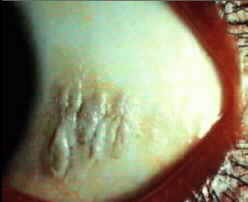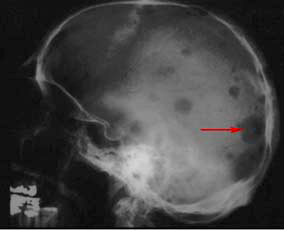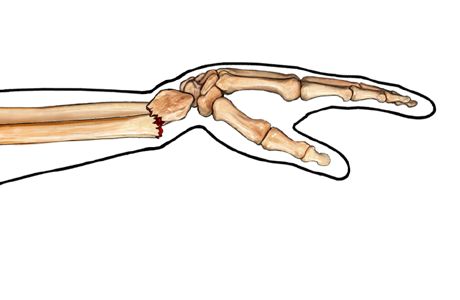NEET Pg Model Test

The Pyoderma Gangrenosum otherwise abbreviated as PG is a skin condition in which a person develops blisters, which later on form open sores. Neet PG model test dives more into this condition. All the best.
Questions and Answers
- 1.
Antibiotics are given in this type of psoriasis?
- A.
Pustular psoriasis
- B.
Guttate psoriasis
- C.
Both
- D.
None
Correct Answer
B. Guttate psoriasisExplanation
Antibiotics are not typically given in the treatment of psoriasis. However, in the case of guttate psoriasis, antibiotics may be prescribed if there is an accompanying bacterial infection, such as strep throat. Guttate psoriasis is often triggered by a bacterial infection, and treating the underlying infection with antibiotics can help improve the symptoms of the psoriasis. Therefore, the correct answer is guttate psoriasis.Rate this question:
-
- 2.
Miyagawa corpuscles are a feature of
- A.
LGV
- B.
Chlamydia pneumoniae
- C.
Chlamydia psittaci
- D.
None
Correct Answer
A. LGVExplanation
Miyagawa corpuscles are a feature of LGV (lymphogranuloma venereum). LGV is a sexually transmitted infection caused by certain strains of the bacteria Chlamydia trachomatis. Miyagawa corpuscles are specialized nerve endings found in the scrotum and are characteristic of LGV. They are not associated with Chlamydia pneumoniae or Chlamydia psittaci, and therefore the correct answer is LGV.Rate this question:
-
- 3.
The following condition of eye is?
- A.
Pinguecula
- B.
Pterygium
- C.
Bitot Spots
- D.
Horner-Trantas Dots
Correct Answer
C. Bitot SpotsExplanation
Bitot spots are a condition of the eye characterized by the presence of foamy, whitish-gray spots on the conjunctiva, which is the clear membrane that covers the white part of the eye. These spots are caused by a deficiency in vitamin A and are commonly seen in individuals with malnutrition or vitamin A deficiency. The spots are an indicator of xerophthalmia, a condition that causes dryness and damage to the cornea. Therefore, Bitot spots are a specific condition of the eye related to vitamin A deficiency.Rate this question:
-
- 4.
The following appearance on xray is seen in?
- A.
Multiple myeloma
- B.
Thalassemia
- C.
Osteoporosis
- D.
Hyperparathyroidism
Correct Answer
A. Multiple myelomaExplanation
The appearance on an X-ray that is seen in multiple myeloma is known as "punched-out" or "lytic" lesions. These are areas of bone destruction that appear as well-defined, round or oval radiolucent areas with sharp margins. This is a characteristic finding in multiple myeloma, a cancer of plasma cells in the bone marrow. Thalassemia, osteoporosis, and hyperparathyroidism do not typically present with this specific X-ray appearance.Rate this question:
-
- 5.
The following fracture is?
- A.
Smiths
- B.
Colles
- C.
Galleazi
- D.
Roberts
Correct Answer
B. CollesExplanation
The correct answer is "colles." Colles fracture is a type of fracture that occurs in the distal radius bone of the forearm. It is characterized by the breaking of the radius bone near the wrist, resulting in a characteristic "dinner fork" deformity. This fracture is commonly caused by a fall onto an outstretched hand, with the force being transmitted to the wrist. The name "colles" is derived from Abraham Colles, an Irish surgeon who first described this type of fracture in the 19th century.Rate this question:
-
Quiz Review Timeline +
Our quizzes are rigorously reviewed, monitored and continuously updated by our expert board to maintain accuracy, relevance, and timeliness.
-
Current Version
-
Mar 19, 2023Quiz Edited by
ProProfs Editorial Team -
Feb 23, 2012Quiz Created by
Drchacha
- Accreditation Quizzes
- Advanced Placement Quizzes
- AED Exam Quizzes
- Art Exam Quizzes
- Banking Exam Quizzes
- BISC Exam Quizzes
- CADET Exam Quizzes
- CAE Listening Quizzes
- CHS Exam Quizzes
- Computer Operator Exam Quizzes
- Cosmetology State Board Quizzes
- CSAT Quizzes
- CVS Exam Quizzes
- EHR Exam Quizzes
- Engineering Exam Quizzes
- English Exam Quizzes
- Entrance Exam Quizzes
- FSHN Exam Quizzes
- GATE Quizzes
- IGCSE Quizzes
- IT Certification Quizzes
- JEE Exam Quizzes
- Management Exam Quizzes
- Ministerial Exam Quizzes
- OCA Exam Quizzes
- Online Test Quizzes
- Physical Exam Quizzes
- Police Exam Quizzes
- Practice Exam Quizzes
- Prelim Exam Quizzes
- Professional Certification Quizzes
- SNAP Quizzes
- SSC Quizzes
- UGC NET Exam Quizzes
 Back to top
Back to top




